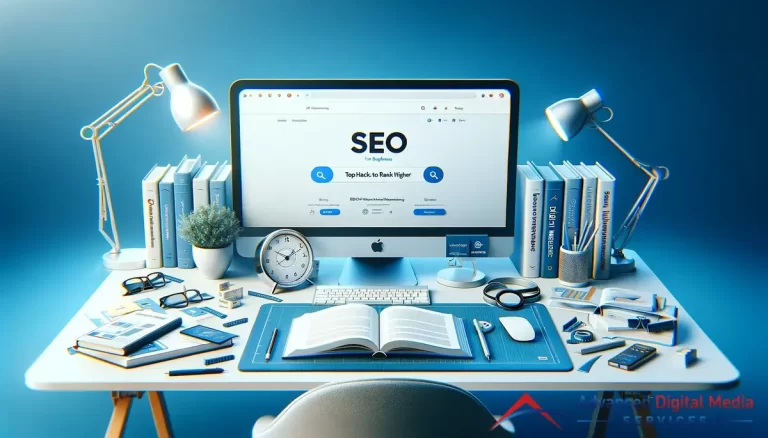The term usability is important because it goes to the heart of what a website should be all about and what it delivers. Most people define website usability as the level of ease or difficulty with which individuals can use and navigate a website. Website usability generally addresses three elements:
- A user should be able to quickly become familiar with the website and navigate it with ease. The user’s movements should lead them smoothly through a sequence of locations or instructions.
- A website should allow users to achieve their goals throughout the entire website.
- A website user should be able to return to the website and use it in the exact same manner each time they visit. The interface of the website should be consistent and error free.
Marketers should be able to analyze how a user performs on a website. This allows marketers to set the guidelines of what to look for if the user experience is faulty. It then becomes easier to fine-tune and revise the website’s design. The fix can include a minor tweak or something more complex.
How to Improve Website Usability: Key Elements
Improving website usability requires a strong focus on web development and design, as well as making sure you have a reliable server.
Google considers page load speed as a ranking factor. To some extent, Google also ranks web usability. A slow website will turn a user off, and that user will likely go elsewhere to find their desired product or service. The right web design can affect website speed by how they serve an image or graphic.
All websites experience downtime on occasion. Major challenges can arise when downtime occurs too often and for too long. A single downtime experience may not chase a user away. More than one might cause the user to panic and take flight. A reliable server or hosting service can make all the difference in the world.
One of the most important website usability tips is tweaking HTML, as this can deliver a better user experience. However, mobile websites are the only ones that benefit from ranking that involves user experience. In the future, Google will likely include all platforms in their ranking factors. ALT tags can enhance images and provide additional information about a particular image. ALT tags play an important role in search engine indexing. These tags can also assist visitors with visual impairments.
404 Not Found Pages and broken links will occur from time to time. If the website is huge, it can make it harder to find broken links. Marketers should conduct a site audit for broken links on a periodic basis. The 404 Not Found Page can serve as an indicator for a broken link and assist the user to return to a more positive experience. However, marketers should always fix or remove a broken link. Never lose sight of how a user might feel. They may appreciate notifications for being on a bad page, but they still react emotionally to the fact that a bad link exists.
There are also a number of visual factors that can affect the user experience. A branding logo, at a glance, reveals a lot about a company. The logo should always be in the top left-hand corner of a page. This is how the eye moves. Website colors can also affect a user’s experience. Colors should always be consistent to provide a sound aesthetic appeal and encourage readability.
Content is another web usability factor that marketers can affect. The web designer may or may not be responsible for writing a website copy. Marketers can tweak or change those design elements surrounding website content for the user’s benefit, including things like how paragraphs appear on a page.
There are also a variety of tools that marketers can use to test a website for usability levels. Some are free and others eventually charge a premium. Create a web usability testing checklist and choose the one that works best for you. The data you receive will give you insights into the customers’ experience while on your website. Tools like WebPageFX can test for content readability. Optimizely and Crazy Egg are two examples of services that test website usability elements.
Your website should engender credibility. One of the biggest concerns users all share is security and privacy. Address these concerns with users and provide access to policies that regard their security concerns as a top priority. This will help to create a sense of credibility. When people trust an online business, they will return time and again to conduct business.
Work with Advanced Digital Media Services, the best SEO services provider, and learn more about how we can help improve your web usability and other online campaigns. Ask us about hosting benefits as well. The hosting service you choose to dock your website will have a huge impact on customers’ experiences buying products, availing services, or accessing information.






